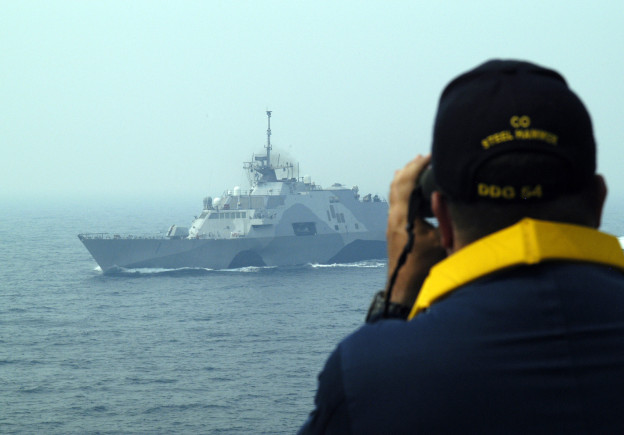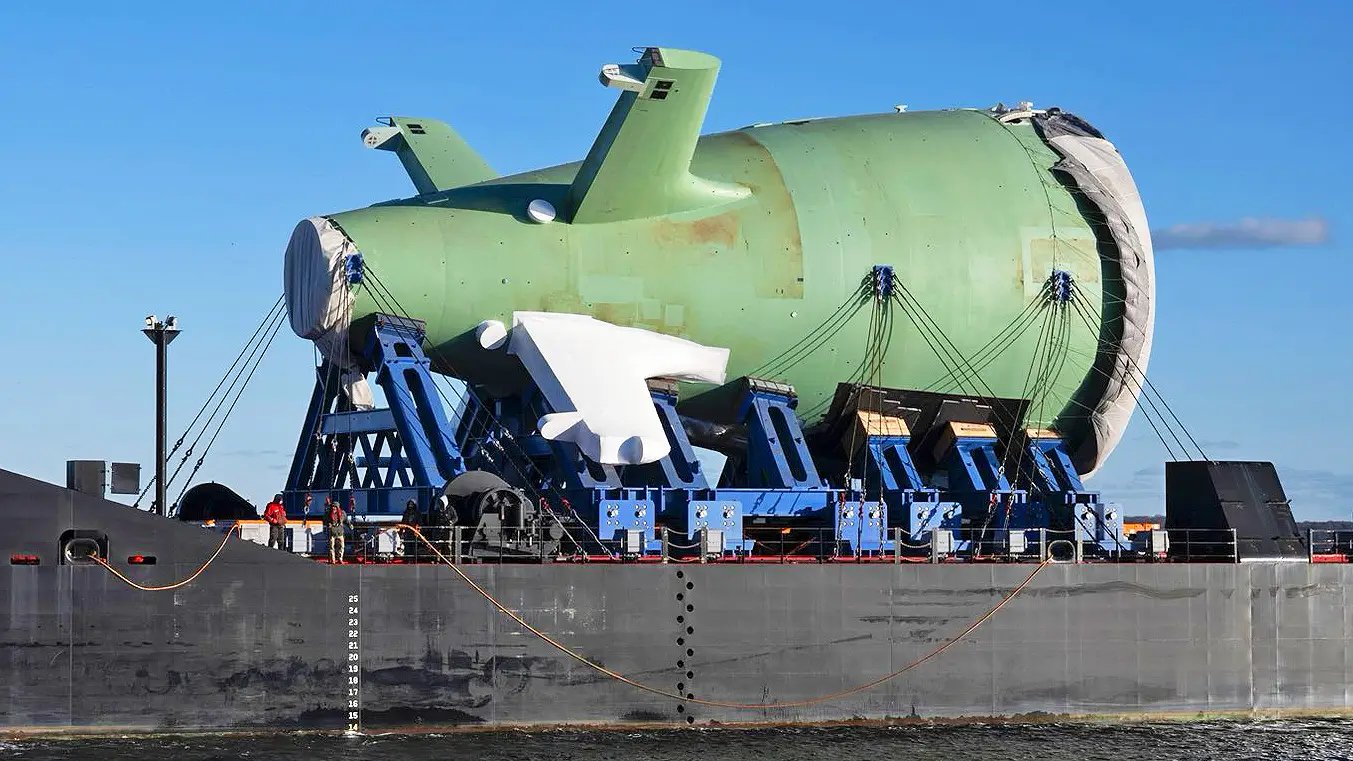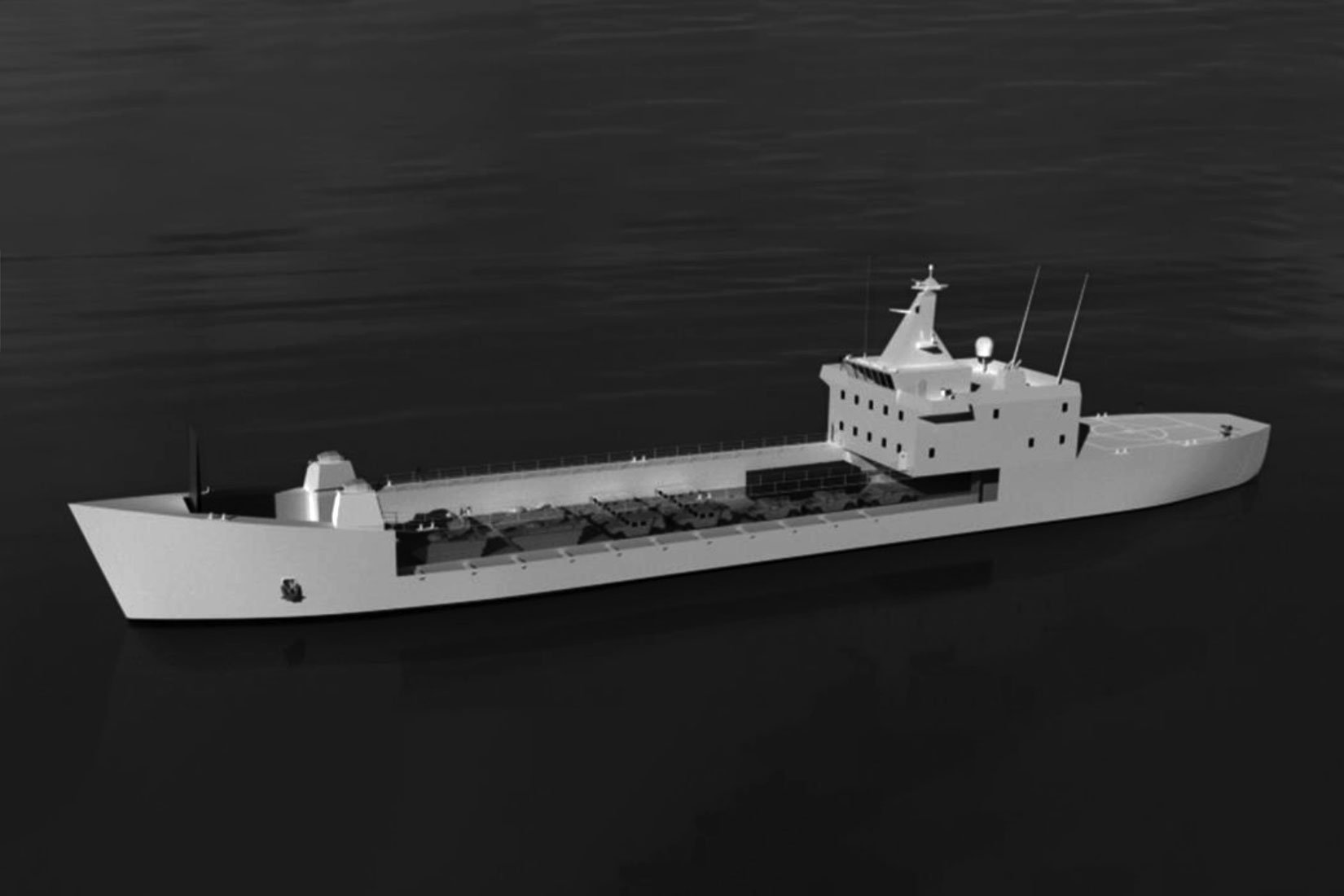
The generator problem that sidelined USS Freedom (LCS-1) earlier this month is “the most significant design deficiency that we’re dealing with today,” the Navy’s top acquisition official told a congressional panel on Thursday.
Speaking before the House Armed Services Subcommittee on Seapower and Projection forces, assistant secretary of the Navy for Research, Development & Acquisition, Sean Stackley singled out the widely publicized July 20 generator failure as the largest design challenge faced in the class of Littoral Combat Ships.
There are three issues, “one associated with the governor on the generator, one associated with the cooler that goes with the generator, and one associated with the size of the piping that’s associated with coolant flow,” Stackley told the subcommittee.
“There are fixes for all three.”
The design changes will be eventually incorporated on Freedom and have been instituted on later ships in the class, Stackley said.
Naval Sea Systems Command said the causality “represents a one-off event,” NAVSEA officials told USNI News on Monday.
Two of the four of the ships Isotta Fraschini V1708 diesel electrical generators overheated and shutdown, leaving Freedom briefly unable to proceed under the ship’s own power.
The generators are supposed to be able to have an average of 800 hours of continuous operation before failure but the average is now about 450 hours, Stackely told the panel. The generators provide electrical power to the ship’s systems that can affect the ship’s propulsion.
The ship returned to Singapore and was back underway by July 24.
Vice Adm. Richard Hunt, the head of the Navy’s LCS council, defended the performance of Freedom
“The most recent casualties that we’ve had to Freedom are things that you get in normal operations,” he told the Thursday panel.
Shipbuilder Lockheed Martin said the company was ”currently working with the US Navy and vendor to improve performance of the generators, and progress has already been made to follow-on ships,” the company said in a statement provided to USNI News on Tuesday.
Isotta Fraschini is owned by Fincantieri, the Italian company that also owns the Wisconsin-based Marinette Marine Corporation shipyard were the Freedom-class ships are built.
Design changes from first in class ships are not uncommon. Lockheed Martin extended the length of the Freedom class by four meters to add additional ballast and volume to the ship, following the discovery the ship class would not meet minimum stability standards if the ship were damaged, according to the most recent report on LCS from the Government Accountability Office.
This post has been updated from an earlier version to include a statement from Lockheed Martin.





